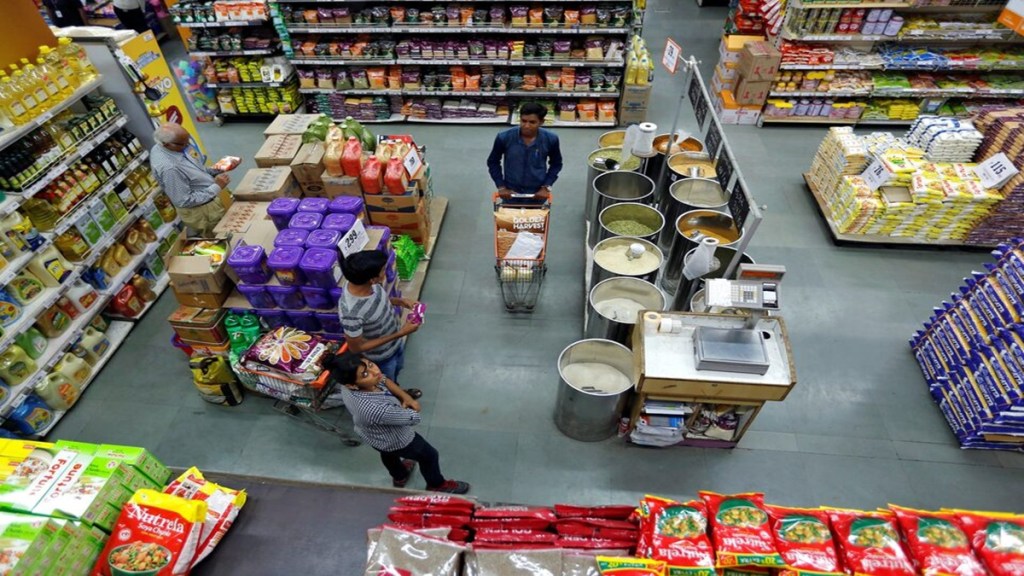India’s retail inflation, based on the Consumer Price Index (CPI), for March stood at 3.34 per cent, dropping marginally from 3.61 per cent in February, data released by the Ministry of Statistics & Programme Implementation showed on Tuesday. This is down 27 basis points in comparison to February 2025. This is the lowest year-on-year inflation after August 2019. CPI inflation in October had reached a 14-month high of 6.21 per cent.
The YoY inflation rate based on All India Consumer Food Price Index (CFPI) for the month of March 2025 over March 2024 is 2.69 per cent (provisional). Corresponding inflation rates for rural areas stood at 2.82 per cent and urban inflation at 2.48 per cent, the NSO data showed. March witnessed a sharp decline of 106 basis points in food inflation in comparison to February 2025. The food inflation in March 2025 is the lowest after November 2021.
A sharp decline in headline and food inflation in the rural sector was observed in March 2025 at 3.25 per cent (provisional) while the same was 3.79 per cent in February 2025. Urban inflation was at 3.43 per cent (provisional) in March 2025 as against 3.32 per cent in February 2025. However, significant decline is observed in food inflation from 3.15 per cent in February 2025 to 2.48 per cent in March 2025.
Vegetable inflation dropped to -7.04 per cent in March from -1.07 per cent in February, pulses and products inflation stood at -2.73 per cent as against -0.35 per cent in February. While Cereals and Products inflation came in at 5.93 per cent, milk and products inflation stood at 2.56 per cent. Fuel and light inflation came in at 1.48 per cent.
According to the NSO data, housing inflation came in at 3.03 per cent in March from 2.91 per cent in February, while clothing and footwear inflation remained stable at 2.62 per cent. Inflation for health was at 4.26 per cent in March and education inflation came in at 3.98 per cent.
Reacting on this, Aditi Nayar, Chief Economist & Head – Research & Outreach, ICRA Ltd, said, “The unexpectedly sharp sequential fall in the headline CPI inflation in March 2025 was predominantly led by food items, such as meat, eggs and vegetables, whereas a number of other groups reported a modest rise in inflation. A rise in temperatures going ahead could raise prices of perishables in the coming weeks. While the initial forecast of an above-normal monsoon is encouraging, the timing and distribution will be key for the implications for agri output and food inflation going ahead.”
She further added that with this, further monetary easing is clearly on the table, to the tune of 50 bps over the next three policies. “With the next inflation print also expected to be sub-4 per cent, a June 2025 rate cut seems highly likely, unless Q4 FY2025 GDP growth surprises sharply to the upside,” she said.
Radhika Rao, Executive Director and Senior Economist at DBS Bank, said, “Despite a firmer core, Jan–Mar headline inflation not only undershot the RBI’s quarterly projection by a wide margin but also fell below the RBI’s target range. This validates the central bank’s decision to shift to an accommodative stance, along with a rate cut at the April meeting. We maintain our call for further easing in June.”
